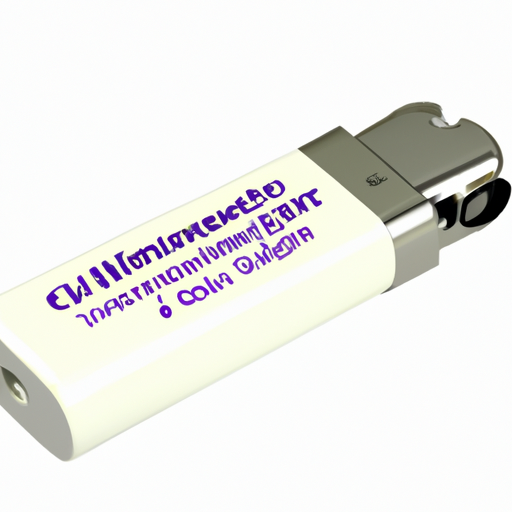
10
18
6
10
17
6
10
14
4
10
11
13











